 It is conceivable that the various kinds of matter, now recognized as different elementary substances, may possess one and the same ultimate or atomic molecule existing in different conditions of movement. The essential unity of matter is an hypothesis... It is conceivable that the various kinds of matter, now recognized as different elementary substances, may possess one and the same ultimate or atomic molecule existing in different conditions of movement. The essential unity of matter is an hypothesis...  Nature - Síða 2 breytti - 1880Heildartexta Nature - Síða 2 breytti - 1880Heildartexta - Um bókina
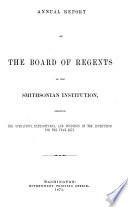 | Smithsonian Institution. Board of Regents - 1873 - 486 síður
...following extracts sire taken: t "It is conceivable that the various kinds of matter, now recognized as different elementary substances, may possess one and...conditions of movement. The essential unity of matter is a hypothesis in harmony with the equal action of gravity upon all bodies. We know the anxiety with... | |
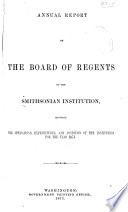 | 1873 - 486 síður
...Society Jourual, xvii, p 368. "It is conceivable that the various kinds of matter, now recognized as different elementary substances, may possess one and...molecule existing in different conditions of movement. Tbe essential unity of matter is a bypothesis in harmony with the equal action of gravity upon all... | |
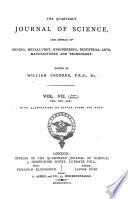 | James Samuelson, Sir William Crookes - 1877 - 600 síður
...remarkable expressions of belief, such as the suggestion that the various kinds of matter recognised as different elementary substances may possess one and...molecule existing in different conditions of movement. With the atom at rest, the uniformity of matter would be perfect : but it always possesses motion due... | |
 | Sir Norman Lockyer - 1877 - 634 síður
...respecting the Constitution of Matter." He is of opinion that the various kinds of matter now recognised as different elementary substances may possess one and...molecule existing in different conditions of movement. Were this ultimate atom at rest, the uniformity of matter would be perfect ; but it always possesses... | |
 | 1877 - 612 síður
...remarkable expressions of belief, such as the suggestion that the various kinds of matter recognised as different elementary substances may possess one and...molecule existing in different conditions of movement. With the atom at rest, the uniformity of matter would be perfect : but it always possesses motion due... | |
 | 1879 - 642 síður
...correfl. Allusion was then made to Graham's opinion that the various kinds of matter now recognised as different elementary substances may possess one and...existing in different conditions of movement, the varying degrees of rapidity of this movement constituting, in fan, the difference between the elementary... | |
 | Royal Philosophical Society of Glasgow - 1879 - 636 síður
...Constitution of Matter." In it Mr. Graham considered that the various kinds of matter now recognised as different elementary substances may possess one and...molecule existing in different conditions of movement. He imagined one kind of substance only to exist— ponderable matter—which is divisible into ultimate... | |
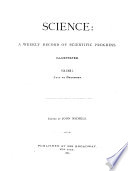 | John Michels - 1880 - 364 síður
...various kinds of matters, now recognized in different elementary sulislanecs, may possess one and he same ultimate or atomic molecule existing in different...with the equal action of gravity upon all bodies." — Grahams Researches, p. 299. In a recent paper* I showed that a study of the minute anatomy of spectra,... | |
 | John Michels (Journalist) - 1922 - 700 síður
...originally published in 1863, Graham conceived that the various kinds of matter, now recognized as different elementary substances, may possess one and...molecule existing in different conditions of movement. This idea, in its essence, may be said to be as old as the time of Leucippus. To Graham as to Leucippus... | |
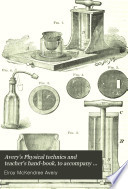 | Elroy McKendree Avery - 1886 - 284 síður
...units." Says Thomas Graham : " It is conceivable that the various kinds of matter now recognized as different elementary substances may possess one and the same ultimate or atomic molecule [the meaning is evident though the expression is unfortunate] existing in different conditions of movement."... | |
| |